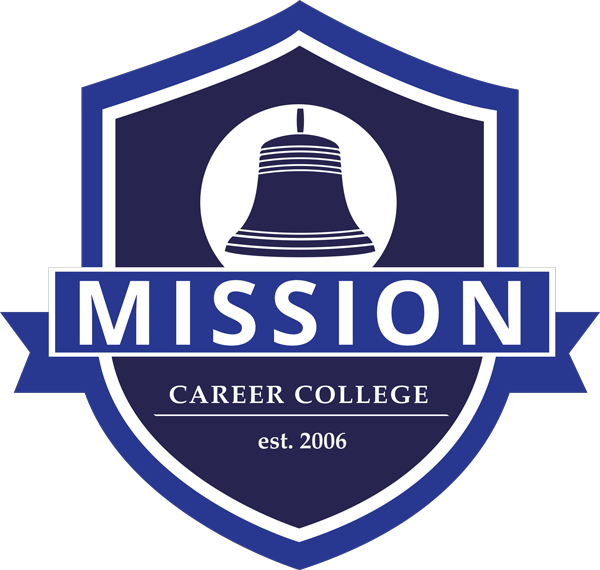Mobile Crane Operator
Title of educational programs and other components of instruction offered:
- Orientation to the Trade– Provide an overview of heavy equipment operation, operator responsibilities, and career opportunities. Cover basic principles of safety and engine operations.
- Safety– Provide a comprehensive overview of safety requirements on job sites, with emphasis on OSHA and NIOSH requirements. Present basic requirements for personal protections, safety driving equipment, and HAZOM
- Identification of Heavy Equipment– Introduce the ten most used pieces of heavy equipment such as dump trucks, backhoes, and bulldozers. Describes the functional operation and uses for each pieces of equipment.
- Equipment Preventive Maintenance– This course covers preventive maintenance responsibilities of the operator including specifying basic equipment subsystems and major mechanical system; knowing how and when to serve equipment, and how and when to complete routine maintenance.
- Operating a Crane– Describe the basic functions of a crane as well as standard procedure for starting up and shutting down a crane. Provide the student with the opportunity to become familiar with the actual operation of a crane and the functions of its controls.
- Equipment Operation and Maintenance– This lab is designed for the trainee to put into action what they have learned in the classroom. The trainee will perform several basic lifts with the rough train crane. They will move and set up the unit in a stable area. The trainee will also perform the necessary preventative maintenance required by this machine to keep it functioning properly. In addition, the trainee will practice and perform the rigging operations required for the lifts to be made. Under the guidance of their instructor, they will select the correct rigging hardware and rig the load to be lifted. The trainee will aslo demonstrate the proper ANSI hand signals while other students perform the lift. Upon completion of this lab, students will be able to:
1) Correctly rig various loads for lifting
2) Correctly signal a crane operator for lifting a load. - Rigging– This course offers the student an in-depth understanding of the fundamentals of rigging. It discusses a variety of rigging gear, components and configurations and their applications within the mobile crane industry.
- Crane Safety– This course introduces the student to various safety aspects of mobile crane operation, including equipment inspection, site hazard identification, and required personal protective equipment.
- Weights, Measurements, and Calculations– In this class the student will be give basic math functions, formulas, symbols, and definitions. They will be shown formulas for calculating volume of different geometric configurations and converting the solutions to weight using tables and charts.
- Estimating Load Weight– Student will complete practical exercises calculating approximate weight and center of gravity of geometric configuration made of and containing different materials.
- Hoisting Personnel– This course discusses ASME B30.23 and 29 CFR 1926.550(g) requirements while presenting advanced operation techniques for hoisting.
- Worker near Power Source– This course covers all ISHA and ANSI standards governing crane operation near and around power lines/sources.
- Boom Assembly Lattice/Telescopic– This course covers the erection and disassembly of a swing around jib, boom extension, auxiliary single sheave boom head (ABH) for a variety of manufacturers. In addition the erection and disassembly of lattice boom (angle & tube).
- Wire Rope– This class will discuss the components and limits of wire rope. An in-depth look at the selection, installation, inspection, handling, and maintenance will also be covered.
- Advanced Rigging– Students, using a load configuration, will be shown how to find center of gravity of a load and the amount of sling tension applied.
- Lift Planning– This class discusses the factors and considerations involved in lift planning and implementation. OSHA and ANSI determinations will be reviewed and discussed.
- Introduction to Load Charts– In depth look at load/capacity charts including crane and boom configurations, crane base configurations, and quadrants of operations.
- Advanced Load Chart– Students will be introduced to load charts of various crane models. This student will be shown load calculations and be given exercises to complete.
- Trade Standard– In this class student will be introduced to additional OSHA and ANSI standards and practices for safe crane operation, maintenance and operator conduct.

